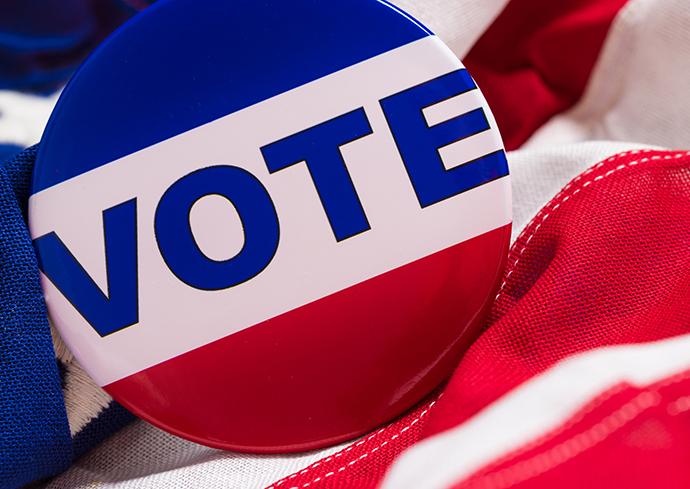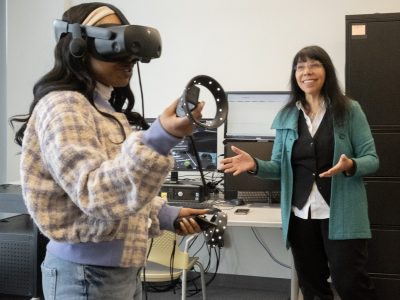IDJC Report Tracks Influence of Social Media Ads on Presidential Primaries
More than 1,800 groups have collectively spent an estimated $15.3 million to pay for social media advertising that mentions President Joe Biden, former President Donald Trump or other presidential candidates, according to a new report from Syracuse University’s Institute for Democracy, Journalism and Citizenship (IDJC).
Research from the IDJC ElectionGraph project found that the millions paid for more than 24,000 ad buys and about 5,500 unique ads on Facebook and Instagram between Sept. 1, 2023, and Feb. 29, 2024. This amounts to an estimated 869 million impressions in the months leading up to, and during, the presidential primaries. The majority of ads involved Biden or Trump, the report found.
The Biden and Trump campaigns spent another roughly $10 million on paid social media content, drawing 303 million impressions, though the incumbent outspent Trump about 7-to-1 on these platforms.
 This is the first report produced via research supported by a $250,000 grant from Neo4j, the world’s leading graph database and analytics company. The grant allows ElectionGraph researchers to use Neo4j’s graph database and analytics software to identify misinformation trends in the U.S. presidential election and other top 2024 contests.
This is the first report produced via research supported by a $250,000 grant from Neo4j, the world’s leading graph database and analytics company. The grant allows ElectionGraph researchers to use Neo4j’s graph database and analytics software to identify misinformation trends in the U.S. presidential election and other top 2024 contests.
The research team’s efforts focus on dissecting misinformation themes—pinpointing origins of messages and tracing misinformation by collecting and algorithmically classifying ads run on Facebook and Instagram, as well as social media posts on Facebook and X, formerly known as Twitter. The project will also gather input from journalists and the public about the 2024 presidential election, and races for U.S. Senate and key congressional districts.
The first set of findings released today demonstrate the importance of requiring social media platforms to disclose details about election advertising and messaging, says Jennifer Stromer-Galley, senior associate dean and professor at the School of Information Studies. An expert in political campaigns and misinformation, Stromer-Galley leads the IDJC ElectionGraph research team.
“Revealing details about ads and messaging on social media platforms is vital to provide the public with transparency and context,” Stromer-Galley says. “Failure to do so can make voters more vulnerable to manipulation without any sort of accountability.”
Organizations that ran ads ranged from well-known political action committees, political party groups or other candidates, to obscure players with harder-to-trace ties and agendas, the report found. The analysis identifies the top 30 spenders that each mention Biden and Trump, and examines patterns in how groups apply the honorific of “President” when referring to either candidate.
The report captures a fraction of overall U.S. election-related content across all social media platforms. While Meta, which owns Facebook and Instagram, currently allows approved organizations to access ad data, it is not required to be made available—and not similarly trackable—on TikTok, Google, YouTube or Snapchat.
“These findings give us a glimpse at the firehose of information and misinformation coming at voters from groups with a jumble of motives, ties and trustworthiness ahead of the 2024 elections,” says Margaret Talev, Kramer Director of the IDJC, professor of practice at the Newhouse School of Public Communications and a journalist.
The challenge faced by digital researchers and computational journalists in unearthing the consequences of AI-driven misinformation on democracy is enormous, says Jim Webber, chief scientist at Neo4j.
“Graph technology is an essential enabler to those seeking to uncover hidden patterns and networks of those looking to manipulate democratic populations,” Webber says.
“We at Neo4j are proud to support Syracuse University’s mission to help journalists and citizens separate fact from fake news so that the voting public can make informed decisions as they go to the polls.”



